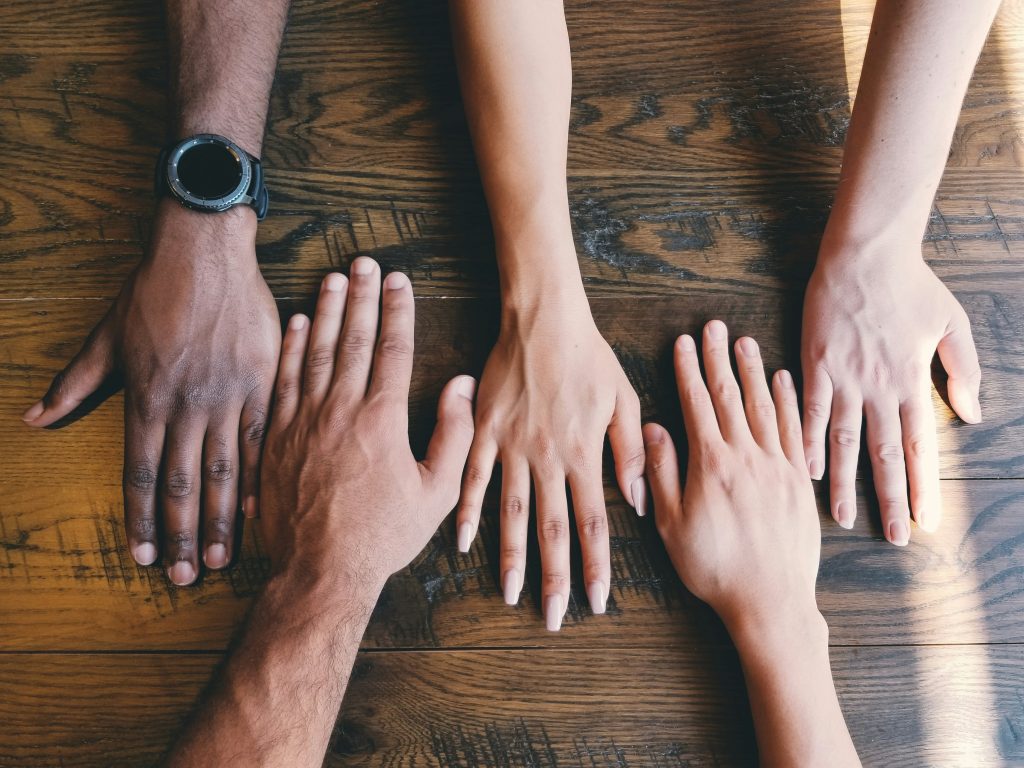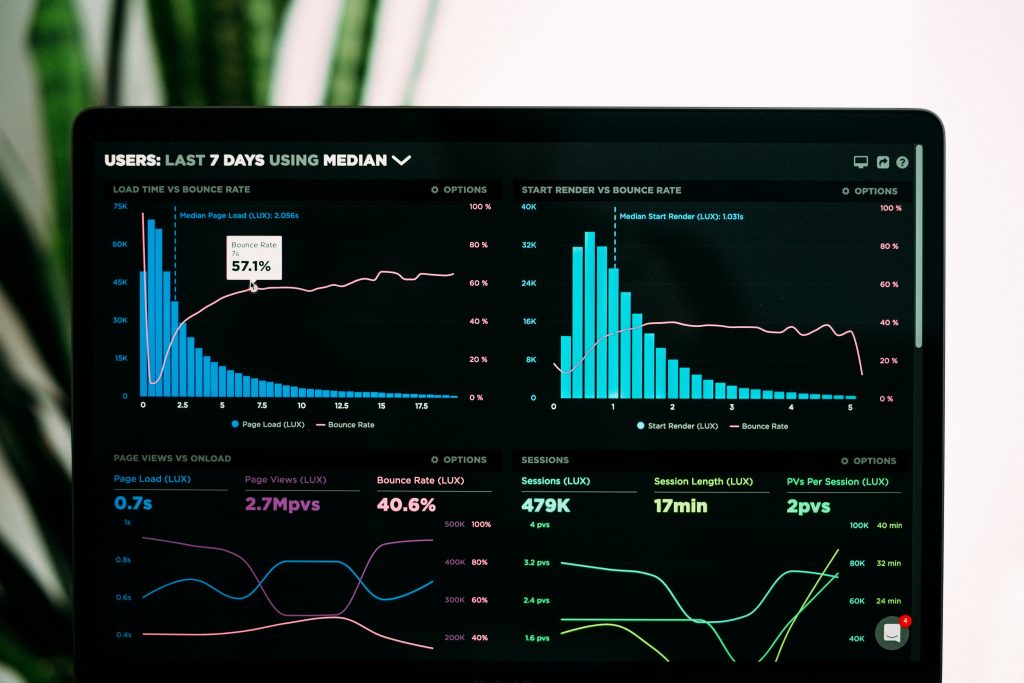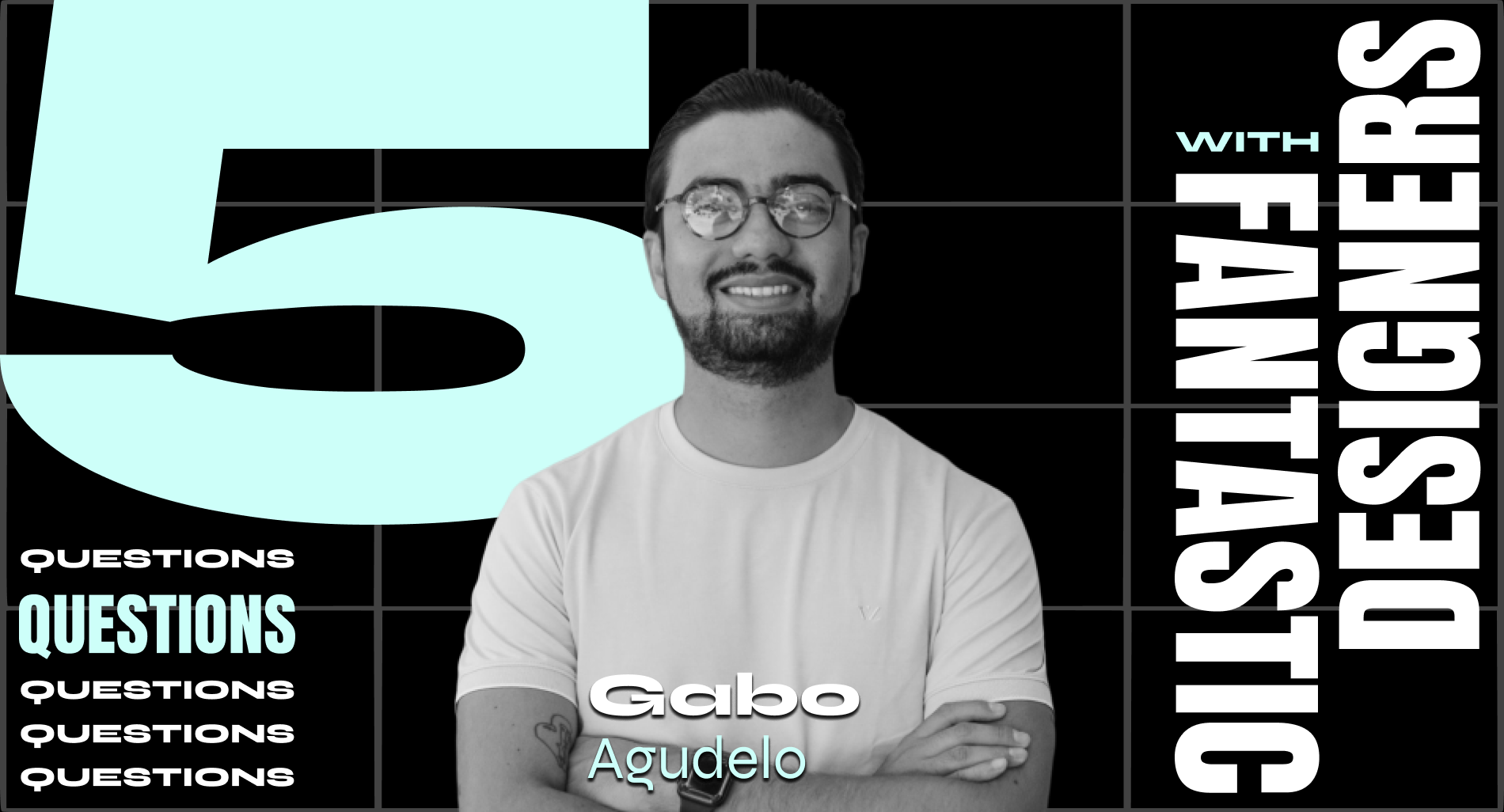Gabo Agudelo is a Senior Service Behavioral Designer at BeWay, and a professor at the Behavioral Design master’s degree at EAFIT University. He graduated in marketing, and became a specialist in Strategic Design and Innovation from UPB, Colombia, and an MSc candidate in Humanities with a line of research in Behavioral Sciences. He has more than 7 years of experience as a service designer for neobanks such as Nequi and in traditional banking such as BBVA, as well as in consulting in strategic design and behavioral design for the retail sector in Colombia and Latam in companies such as: BBVA, Dollarcity, Offcorss, Super Selectos, Crystal Group, Saavy Nutrition among others.
1. What design trends do you think will take off this year and more in the future?
One of the key trends that we must consider as a guide in the product creation and design process, is sustainability and environmental responsibility. While we have been working on this for the past few years, it is relevant to integrate new ways in which businesses and users interact in consumption. This will lead us to systematically incorporate small nudges from behavioral sciences that will allow us to transform the behavior of users without restricting their autonomy in the use of products and services.
Added to this trend is the application of methodologies focused on the design of futures and design for transition, also known as transition design. Both branches of design seek to integrate the universe as a whole and allow us to understand how a user, product or company interacts today. However, they also enable the possibility of making evolutionary improvements towards sustainable scenarios for people and the planet; this opens the door to propose from a strategic perspective, understanding what steps we must take from our current practices, so that these futures are tangible.
It is essential to recognize that public policies and large companies are key actors in the transformation towards sustainability. Their actions and decisions can have a significant impact on the adoption of more responsible practices and creating an environment conducive to the development of sustainable products and services.

2. When it comes to making design and the design industry more diverse, equal, and inclusive, what changes are needed or would you like to see?
This answer is in line with the previous one. To understand how products should evolve, we must do a deep analysis from the design of futures to be clear about the ways in which we can build new spaces and products that are inclusive and diverse. This requires challenging the products that exist today, decoding the conceptions we have around them. This way, we can glimpse the barriers and opportunities in which to design the new to satisfy the needs of both the business and the user.
However, when we talk about more inclusion and diversity in the industry I see 3 pillars that can transform and integrate design for everyone:
- Promote diversity in hiring practices: Design teams should actively seek to hire people from diverse backgrounds, including people of color, women, LGBTQ+, people with disabilities, and individuals from different socioeconomic backgrounds.
- Create inclusive work environments: Design studios and companies should foster inclusive work cultures where all employees feel valued, respected, and empowered to contribute their unique perspectives, including the freedom to express their identity without prejudice.
- Address biases in design practices: As designers, we must be aware of our own biases and actively work to challenge them in every design process. This includes conducting user research that reflects the diversity of the target audience, avoiding stereotypes in user profiling.

3. What are 3 things you were not taught in school (if you were formally trained in design) that you wished you had been taught?
Although my base career is Marketing, I later specialized in strategic design and innovation, where the core was service design with a fairly strong focus on HCD and Design Thinking, but I lacked several skills that I had to learn and execute on the fly. Here’s a list and why I think they’re necessary for the world of design:
- Data Analysis: In an increasingly competitive environment, access to and ability to accurately interpret data is critical to developing products and services that are relevant and successful. After working in design for a while, I realized that data analytics allows us to make decisions based on evidence rather than assumptions, which can ultimately increase the effectiveness and profitability of each project.
- Business Design: As designers we may have the creative vision to develop unique products and services, but without a solid business model to support them, they are likely to fail in the market. This is how in the process of constructing and articulating design projects I found that business design helps us guarantee that products and services are not only innovative from a creative point of view, but also viable from a business perspective.
- Strategic foresight: I think it’s necessary to clarify that successful products and services should not only satisfy the current market needs, but they should also anticipate and adapt to future demands. Strategic foresight allows us designers to anticipate changes in the business environment and adjust design strategies accordingly, helping them to stay relevant and competitive in the long term.

4. What are the biggest challenges you’ve had to face as a designer? Did you overcome them? How?
As a designer, the biggest challenges I have faced have been presenting and supporting proposals to business teams, as well as managing uncertainty in innovation processes.
To overcome the challenge of presenting proposals, I have worked on developing effective communication and persuasion skills, which has involved understanding the needs and priorities of the business team, translating design concepts into understandable business terms, and presenting solid arguments backed by data and evidence.
In terms of managing uncertainty in innovation processes, I have learned to embrace it as part of the creative process and to adopt an iterative and experimental approach which translates into conducting rapid concept tests, collecting early feedback from users, adapting and adjusting the design based on results and maintain an open and flexible mindset in the face of change.

5. Why do you think design matters?
Design matters because it has a profound impact on our daily lives and can influence the way we interact with the world around us; from the chair we sit in to the app we use on our phone, design is present in every aspect of our lives.
When we create well-designed products, services and environments, we can improve people’s experience and support them in living a better life. User centered design can make everyday tasks easier and more enjoyable, promote inclusivity by making products accessible to a wide range of people, and encourage creativity and self-expression.
* * *
Do you want to hear more from BeWay? Gabo’s colleague, Ángel Longueira, gave a talk at the digital design conference Design Matters Mexico 24, which took place in Mexico City & Online, on Jan 31- Feb 1, 2024. His talk, titled “The three crises of Artificial Intelligence. What role do behavioral sciences play in the design of new technologies?”, explored how design practitioners will need to incorporate the wisdom of human and behavioral sciences to develop new tools for the future.Connect with Gabo Agudelo on LinkedIn or visit BeWay’s website.




